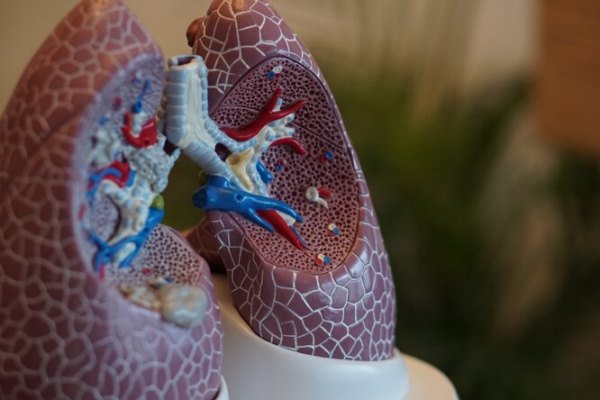Eyes, kidneys, lungs are just a few examples of paired organs. But the spleen and liver are alone in our body — why did this happen?

We breathe, eat, sleep and digest food. The body renews itself and protects itself. All systems are connected and depend on each other when performing their functions. The organs in our body are responsible for different functions, but some of them exist in a single copy, while others work in pairs. Why is this happening?
Why do we have paired organs
Scientists list 2 reasons for the development of paired organs in humans:
The first is bilateral symmetry. This is a trait that we share with other animals, such as fish, inherited from our ancestors. This feature appeared in living organisms 500-600 million years ago.
According to one hypothesis, paired organs allow us to move more easily and provide greater mobility to our body. Symmetry can also help us maintain a complex nervous system right in the center of the body.
The second reason is the processes occurring at an early stage of embryonic development, and at this time there is an endocardia tube in the embryo’s body that connects its mouth with other openings. Many organs develop from this tube, growing out of it in the form of structures similar to plant buds. Whether the organ will be paired or not depends on whether this “kidney” will remain united or split.
It just so happened that evolutionarily, such a set of paired organs turned out to be necessary and sufficient. With the eyes, unlike other similar organs, the situation is slightly different: only two eyes are able to provide three-dimensional vision. With one eye, we will not be able to accurately determine the distance to the object and evaluate other image parameters that we use for orientation in space.
